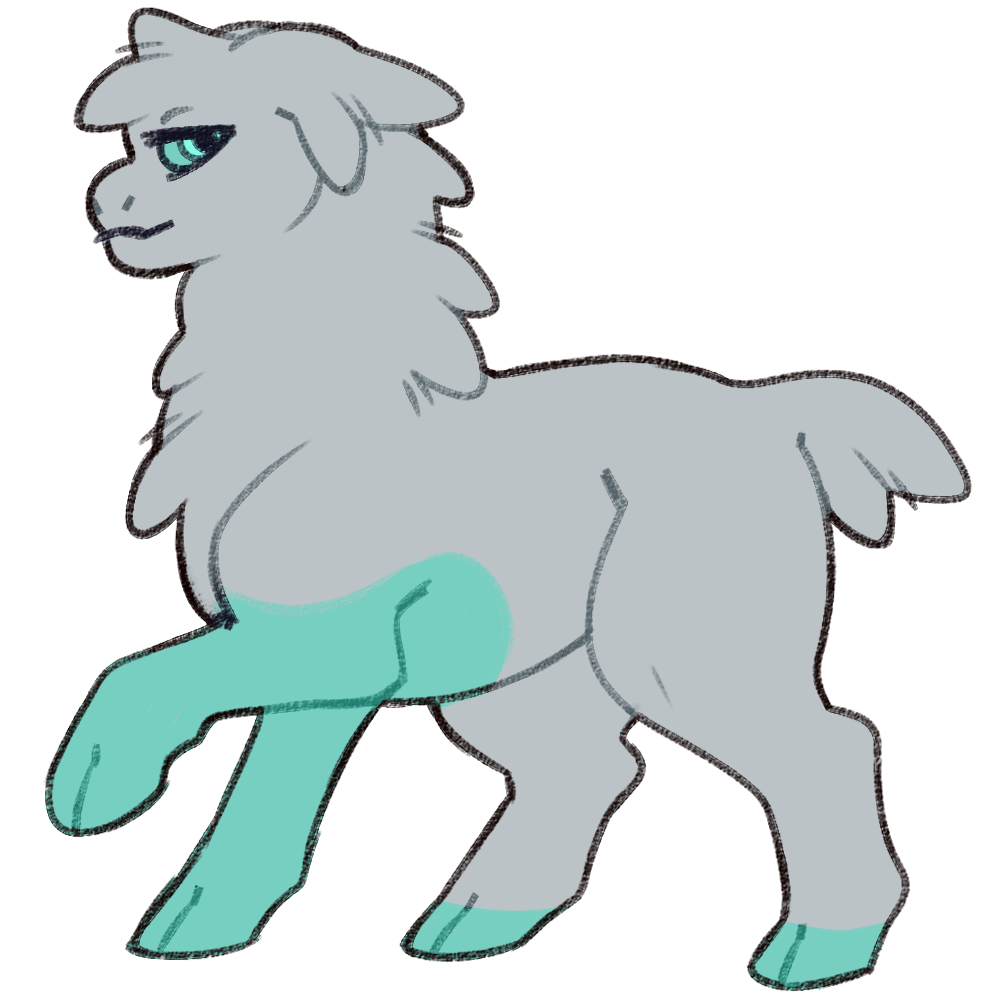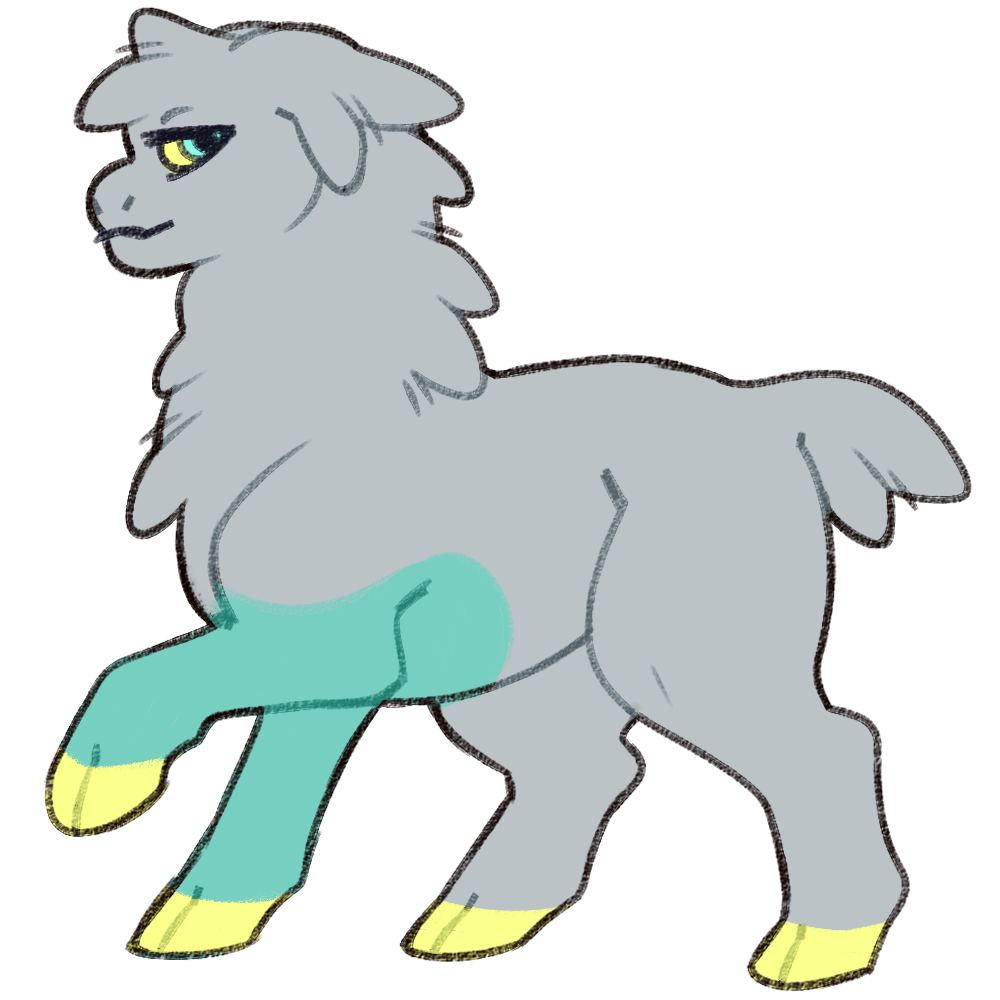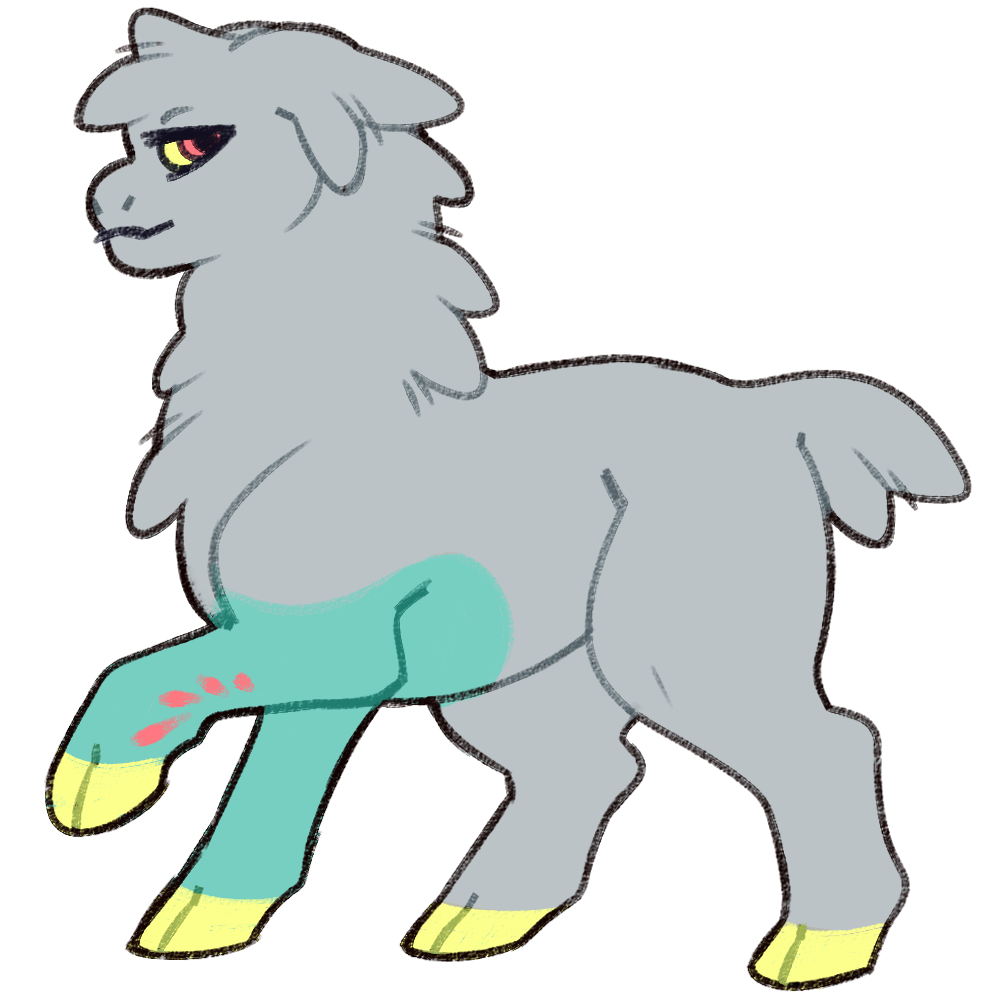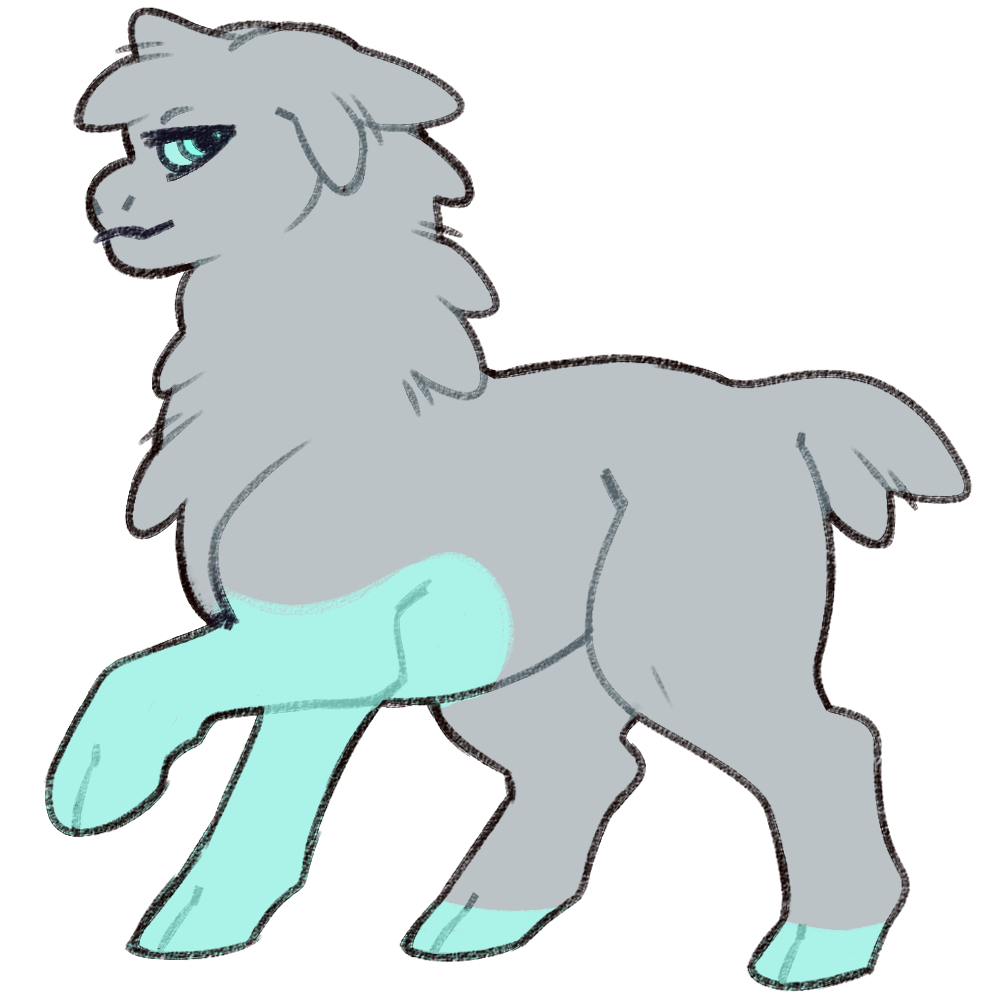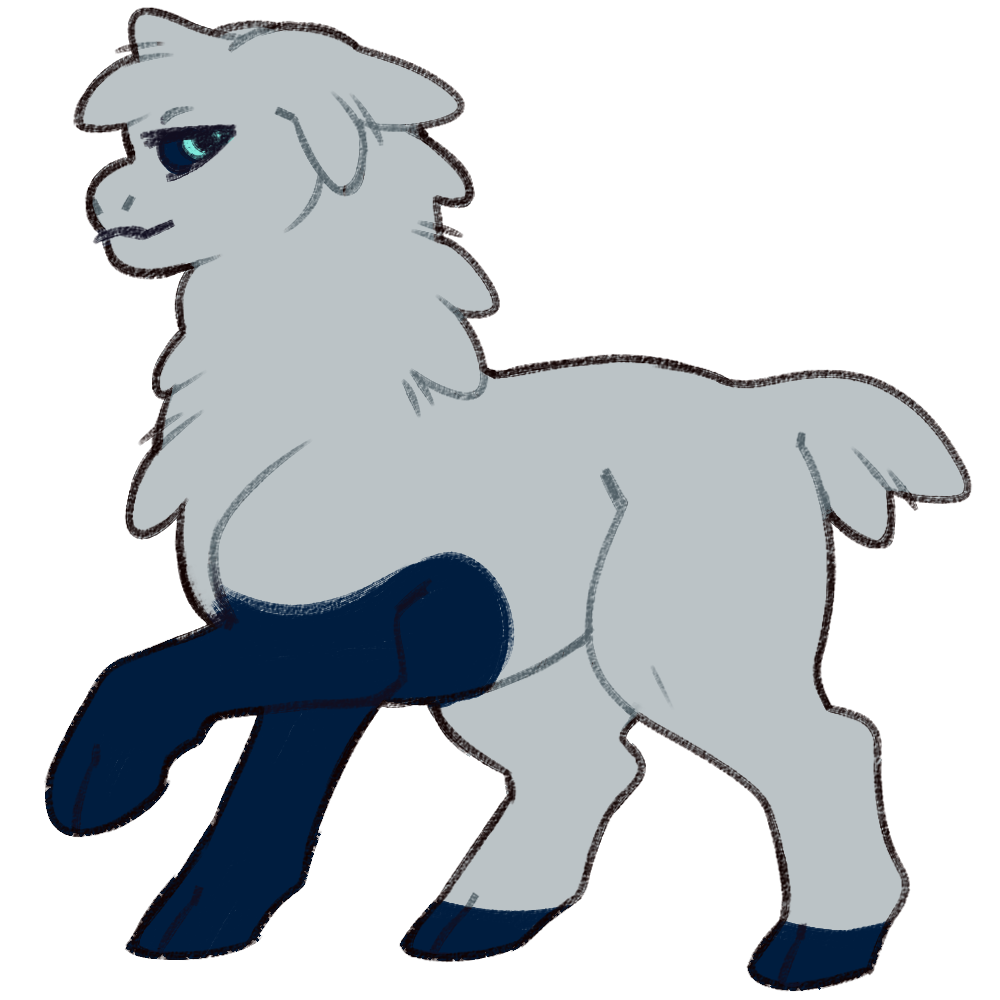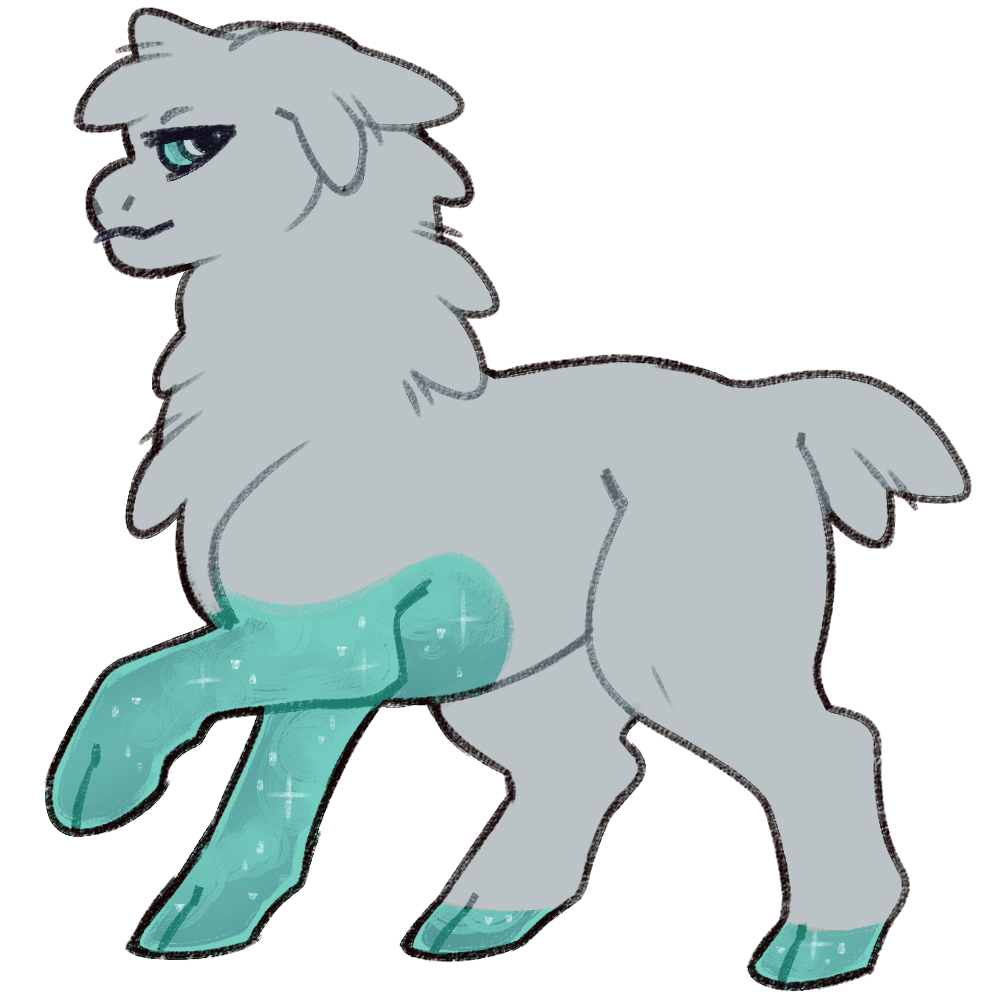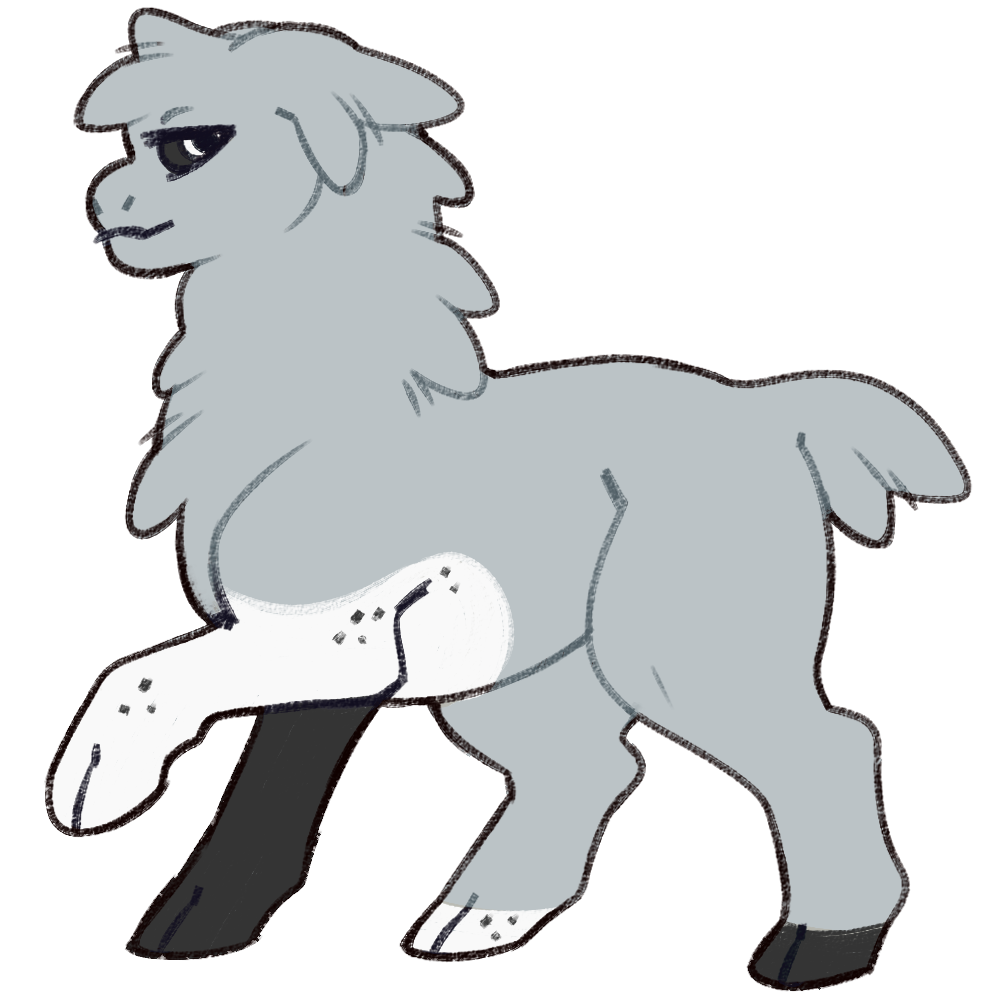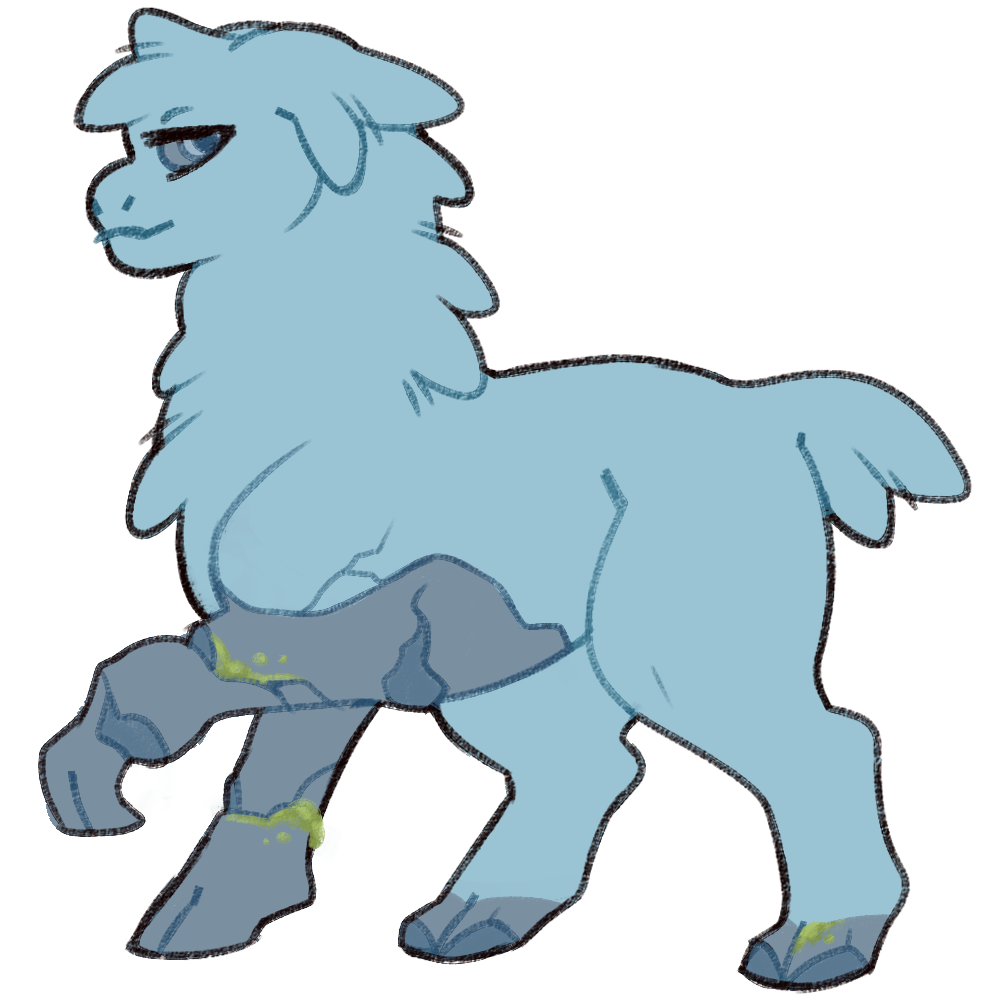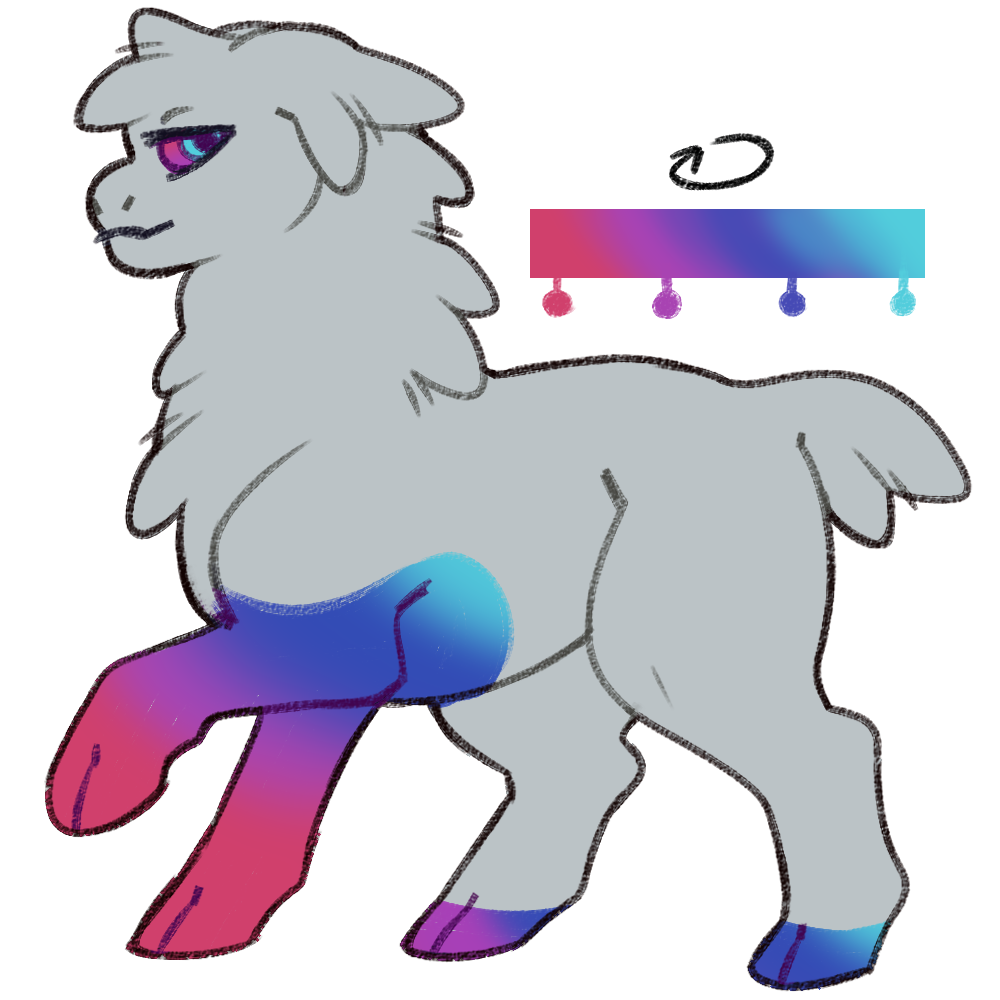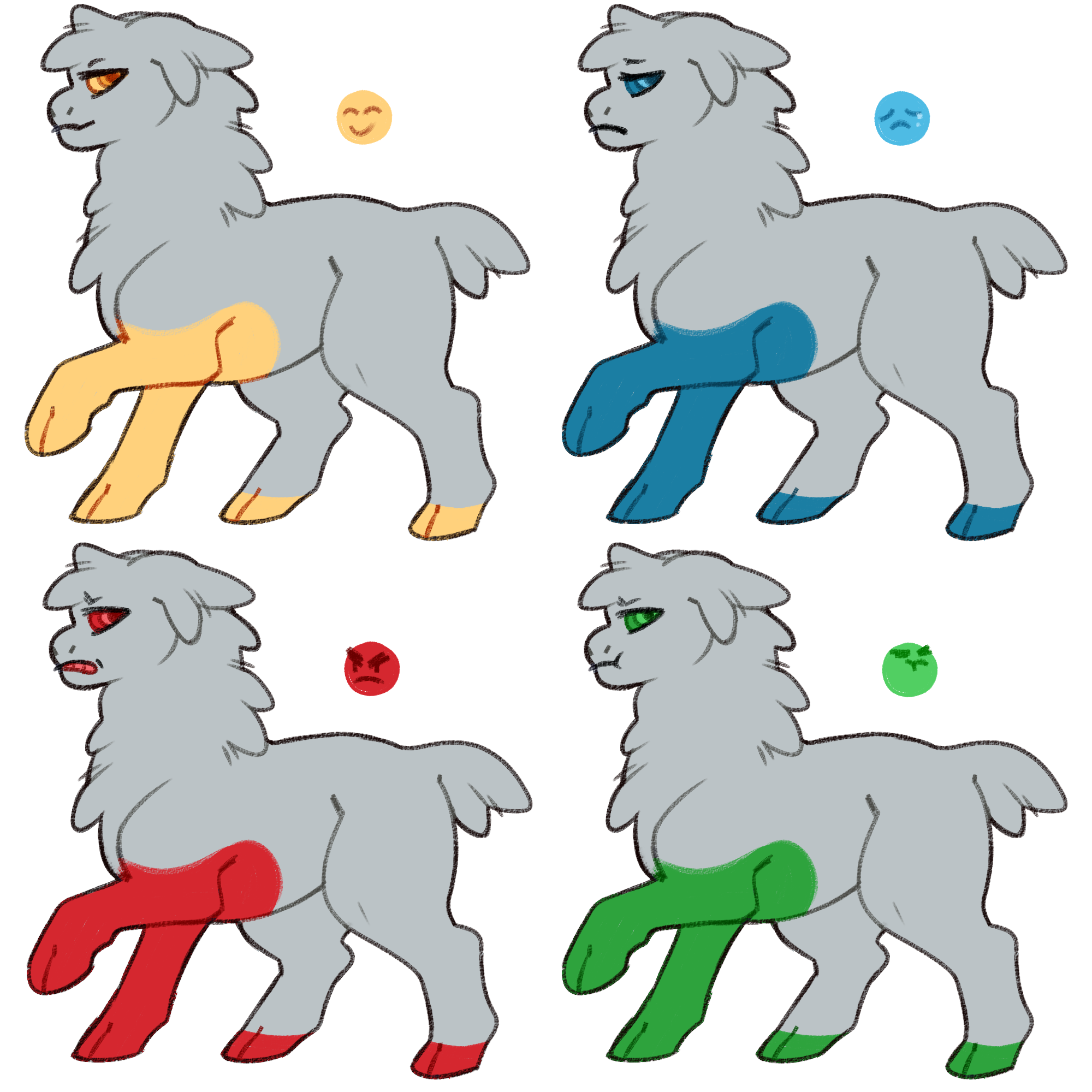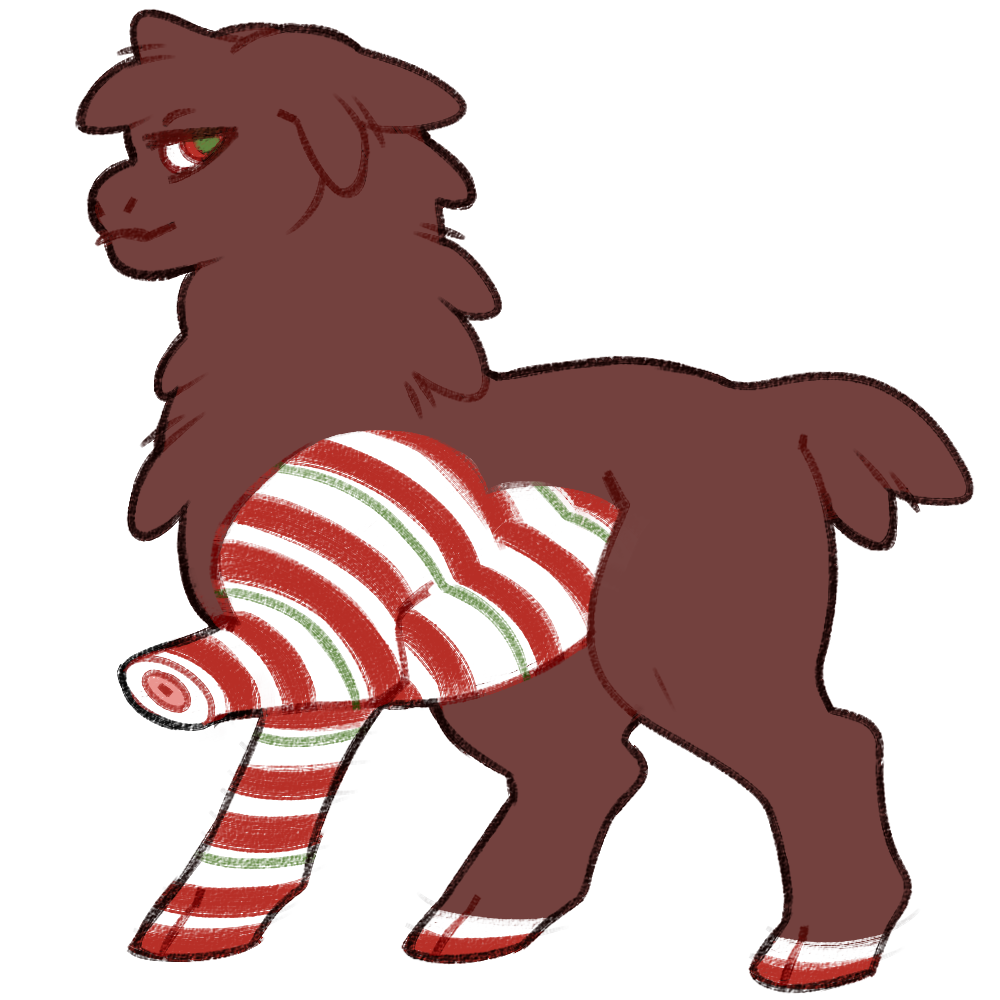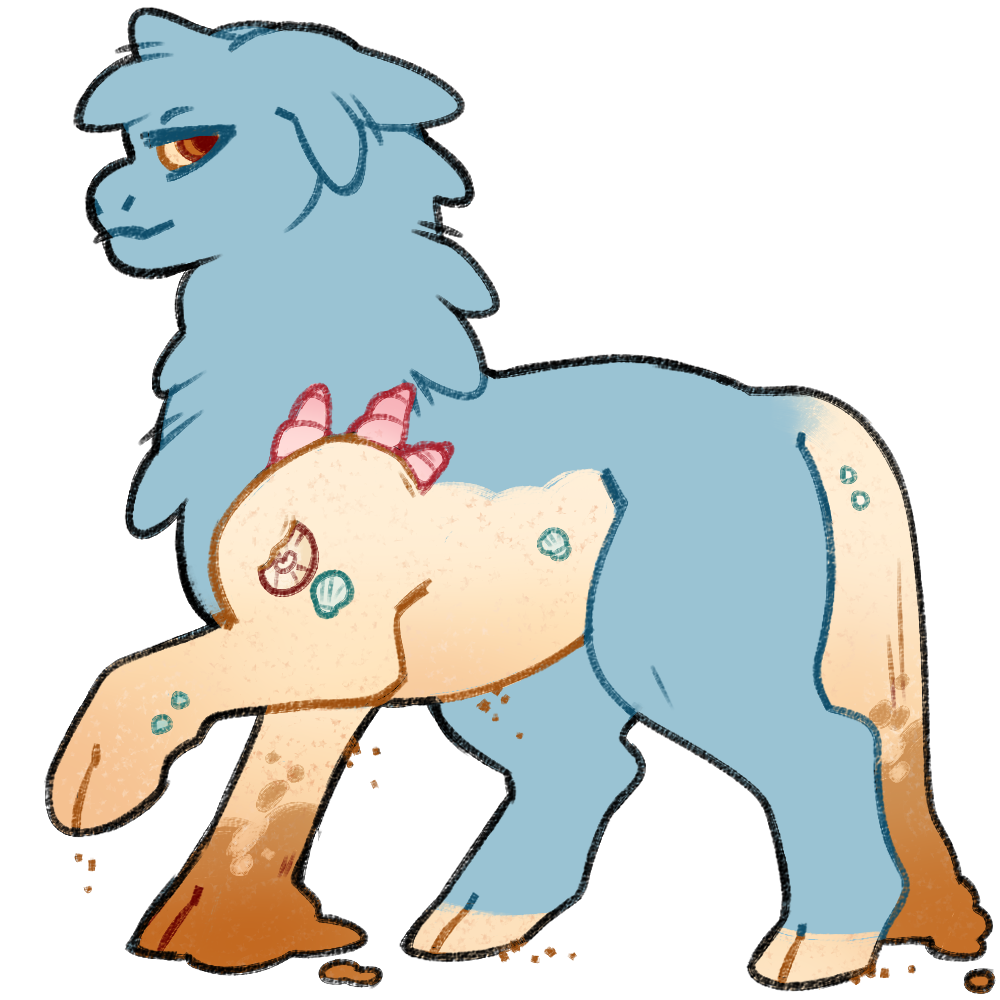Traits
Single Tone Goo (Standard)
Mhoats with this trait tend to have a single color present across all areas of their goo, this means any color with a maximum hue range 15 degrees from one another may be used on the mhoat's goo. Please use HSV/HSB to check, or input your Hexcode into Google, to see if this matches.
Double Tone Goo (Standard)
Mhoats with this trait tend to have two unique colors present across their goo, each color present should be within a maximum hue range of 15 from one another. This means each color is measured by how close they are to each other on the hue scale and grouped accordingly. Please use HSV/HSB to check, or input your Hexcode into Google, to see if this matches.
Triad Goo (Mutation)
This trait appears on mhoats who have three individual colors present across their goo with each color confined within a hue range of 15. This means each color is counted individually and grouped based on how close their hue numbers are to determine the total number of colors present on a design. Please use HSV/HSB to check, or input your Hexcode into Google, to see if this matches.
This trait is free when Candycane Goo is applied to a design.
Pastel Goo (Mutation)
This goo trait allows for lighter colors that fall outside of the range for normal mhoat goo colors. Any color with a Saturation between 15 and 30 and a Value/Brightness between 80 and 95 falls under Pastel Goo. Please use HSV/HSB to check, or input your Hexcode into Google, to see if this matches.
Shade Goo (Mutation)
This goo trait allows for darker goo colors that fall outside of the normal range for mhoat goo colors. Any color with a Saturation of 100 and a Value/Brightness between 25 and 5 falls under Shade Goo. Please use HSV/HSB to check, or input your Hexcode into Google, to see if this matches.
Galaxy Goo (Mutation)
Galaxy goo allows for the goo to resemble space or the night sky and uses colors that fall outside the usual range allowed by standard traits. The base color of the goo overrides Pastel Goo or Shade Goo allowing those colors to be used while the stars override the range of Pastel Goo, Grayscale Goo, or Shade Gooand may use any color from those ranges.
Grayscale Goo (Mythic)
This trait allows mhoat's goo to have colors that range from white to black, which includes shades of gray that lack hints of color. Any color that has either a Saturation under 15 or a Value/Brightness under 5, falls under Grayscale Goo. Please use HSV/HSB to check, or input your Hexcode into Google, to see if this matches.
Pure grayscale, which has equal parts red, green, and blue, and therefore has a saturation of 0, defaults to a hue of 0° in most art programs. In reality, it is the exact same color no matter what degree of hue it is at, with the only possible change depending on brightness/value. Because of this, pure grayscale will not count as an additional tone.
Alternate Types Show
-
Greyscale Goo (Mythic)
The trait has recently switched from international english to more US-styled english, and is therefore renamed "Grayscale Goo".
This version of the trait should not be on any character, if you spot this on a character, please let the administration know.
Stone Goo (Summer)
Stone goo creates cement-like silk that is sturdier than standard silk, but in turn, mhoats with this goo have less flexibility in transforming their goo. This goo type allows a design to have Grayscale Goo present without requiring the mythic trait and the green moss present on stone goo does not abide by color limitations as it isn't part of the goo itself.
Spectrum Goo (Mythic)
This goo shifts across a pre-determined set of colors over time, mhoats with this trait are usually unable to control the color shift or even stop it to display only a single color. It's possible for this trait to only affect parts of the goo and leave other sections with their own colors. When drawn a mhoat may be shown with all the colors of their gradient shown or only a few present.
When a character has this trait, it will not be required to have Single Tone Goo, Double Tone Goo, or Triad Goo, as it overrides the color limit. However, if it is specified that this trait only affects certain parts of the Mhoat and not the entire body, you will still need to heed the color limits and thus require the traits.
When submitting a design with this trait you will need to have a gradient bar present as shown in the trait example so we can make sure it follows the trait guidelines above and so that anyone using the masterlist as a reference can easily pull the colors and replicate the gradient easily.
Mood Ring Goo (Mythic)
This type of goo shifts in color depending on specific stimuli a mhoat experiences; what causes the color shift is unique from one mhoat to the next and if two mhoats share a method of color shift (such as emotions), this does not mean they will share the same goo color. This color shift can affect all of the goo or only parts of the goo and can be caused by different stimuli such as emotions, seasons, weather, etc.
When a character has this trait, it will not be required to have Single Tone Goo, Double Tone Goo, or Triad Goo, as it overrides the color limit. However, if it is specified that this trait only affects certain parts of the Mhoat and not the entire body, you will still need to heed the color limits and thus require the traits.
When submitting a mhoat with this design you will need to include a set of colors and either symbols or words outlining what causes the goo color to shift. You will also need to include in the comment section of the design approval the exact method of color change.
Candycane Goo (Winter)
This goo type always displays as some kind of stripes present on the goo and when broken the inside shows layering like those seen on candy canes. This trait has no color restrictions but is limited to 3 colors total, which means Triad Goo is free when using this trait, and traits like Markings Goo, Shade Goo, Pastel Goo, and Grayscale Goo will be overridden.
Sand Goo (Summer)
Mhoats with this trait tend to have goo with a sandy texture and appearance with pieces of "sand" (silk) constantly shedding from their body. Because their goo lacks some stability, they are unable to make sheets of silk but can make an extra adhesive film whenever their goo comes into contact with water, at which point it darkens in appearance and sand will begin to drop in clumps that can be harvested and used as a spreadable glue. The seashells buried in their goo or stuck to the surface are not required to follow a mhoat's normal goo color limitations since they are not part of the goo itself but instead treated as accessories.
